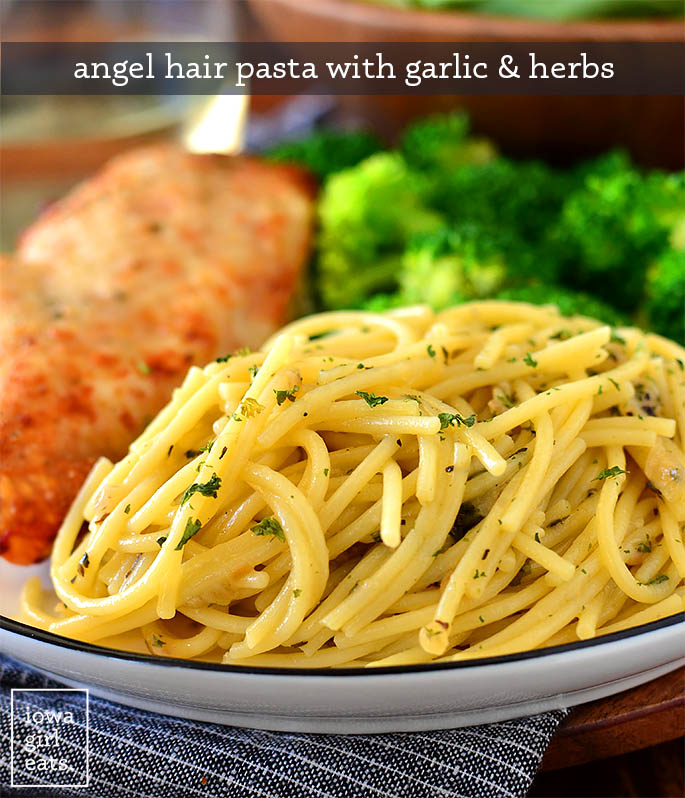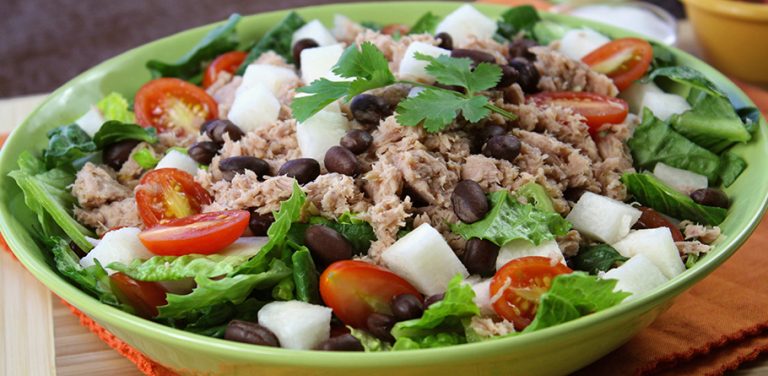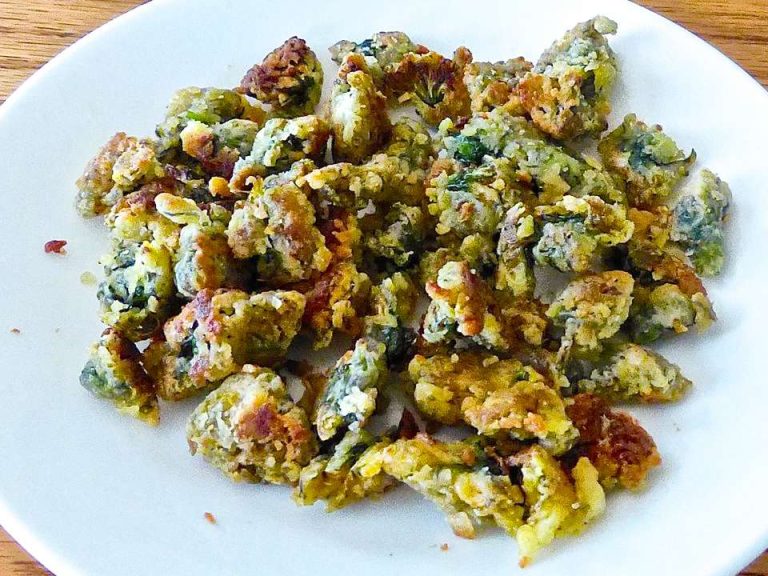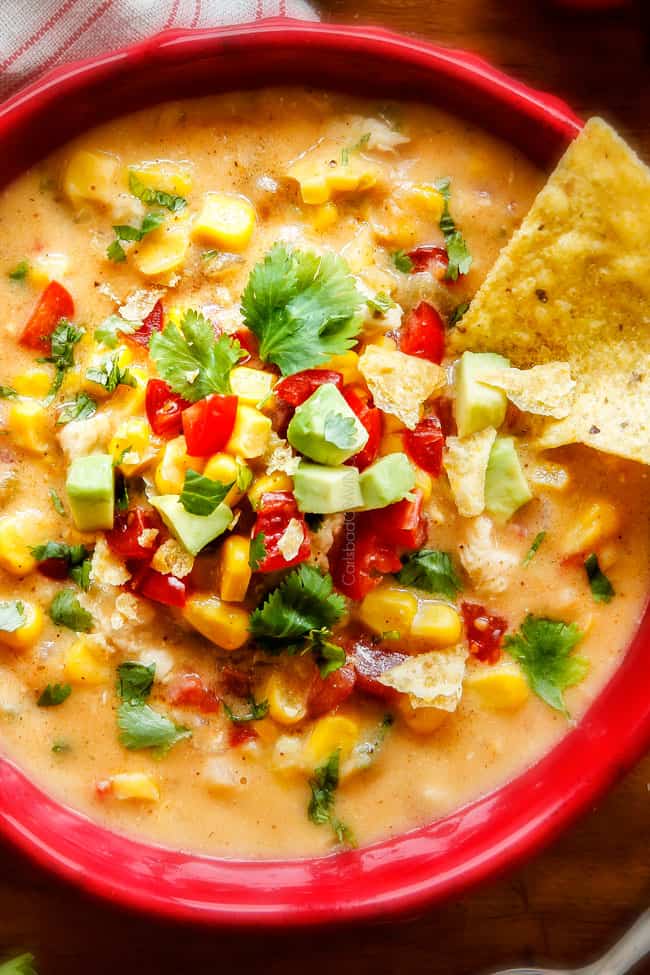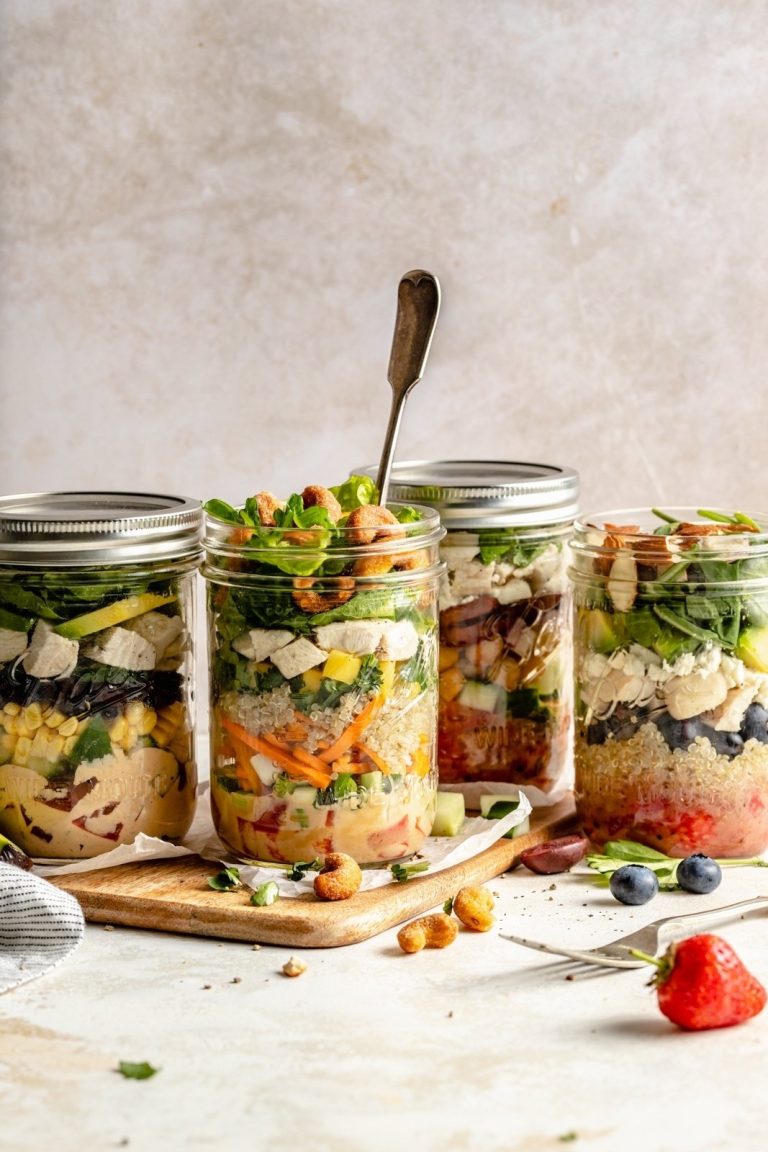Garlic Herb Linguine Recipe: Easy Steps, Ingredients, and Perfect Pairings
Garlic Herb Linguine traces back to Italian cuisine. This dish blends Italian culinary staples: pasta, garlic, olive oil, and fresh herbs. Originating in southern Italy, it’s gained popularity globally for its simple yet rich flavor profile. Countries like the United States and Australia have embraced it in both home kitchens and restaurants. According to Statista, Italian pasta dishes rank among the top five most popular cuisines worldwide, further signifying Garlic Herb Linguine’s universal appeal.
Variations Across Cultures
In Japan, you’ll find Garlic Herb Linguine with additions like seaweed and soy sauce, infusing a unique umami flavor. In France, the dish often features cream and butter, creating a richer, velvety finish. In the United States, variations might include chicken, shrimp, or a sprinkle of Parmesan cheese. Each culture adapts Garlic Herb Linguine to local tastes while preserving the essence of its Italian roots.
Key Ingredients and Substitutions
Essential Ingredients for Traditional Flavor
Garlic Herb Linguine centers on simple, high-quality ingredients. Key components include:
- Linguine Pasta: 8-10 oz of linguine provide the perfect base.
- Garlic: 3-4 cloves of minced garlic add a powerful flavor.
- Olive Oil: 1/4 cup of extra-virgin olive oil ensures a rich, smooth texture.
- Fresh Herbs: A combination of parsley, basil, and thyme (1/4 cup each, chopped) offers a fresh aroma and taste.
- Parmesan Cheese: 1/2 cup of grated Parmesan enriches the dish with a nutty, savory flavor.
- Red Pepper Flakes: A pinch adds a hint of heat without overpowering the dish.
- Lemon Juice: 1 tablespoon of fresh lemon juice brightens up the flavors.
Creative Substitutes for Dietary Restrictions
Adjust Garlic Herb Linguine to meet dietary needs using these substitutions:
- Gluten-Free Pasta: Swap linguine with gluten-free pasta, like brown rice or quinoa pasta, to make the dish celiac-friendly.
- Vegan Cheese: Replace Parmesan with vegan cheese or nutritional yeast for a dairy-free option.
- Coconut Oil: Use 1/4 cup of coconut oil instead of olive oil for a slightly sweet taste and vegan-friendly alternative.
- Herb Mix: Use dried herbs if fresh ones are unavailable, reducing the quantity to 1 tablespoon each.
- Garlic Powder: Substitute 1/2 teaspoon of garlic powder for every clove of garlic to save time on mincing and during cooking.
Adapt these recommendations to maintain the dish’s rich, savory profile while accommodating various dietary needs.
Step-by-Step Cooking Guide
Preparing the Ingredients
Gather all necessary ingredients before you start cooking Garlic Herb Linguine. You’ll need linguine pasta, fresh garlic, olive oil, mixed fresh herbs (parsley, basil, thyme), grated Parmesan cheese, red pepper flakes, and lemon juice. For substitutions, keep gluten-free pasta, vegan cheese, coconut oil, dried herbs, and garlic powder ready. Wash herbs, peel garlic, and measure out other ingredients. Chop herbs and mince garlic to ensure even cooking.
Cooking Techniques for Perfect Linguine
Cook the linguine pasta according to package instructions, boiling it in salted water until al dente. Reserve a cup of the pasta cooking water for later use. In a large skillet, heat olive oil over medium heat. Add minced garlic, stirring constantly to prevent browning. Once fragrant, add red pepper flakes and fresh herbs, cooking for about 1-2 minutes.
Toss the cooked linguine in the skillet, combining it thoroughly with the garlic and herb mixture. Add reserved pasta water incrementally to create a cohesive sauce. Finally, sprinkle with grated Parmesan and a squeeze of lemon juice, mixing well to enhance the flavors. Serve hot, garnished with additional herbs and cheese if desired.
Pairing Suggestions with Garlic Herb Linguine
Best Wines to Complement the Dish
Garlic Herb Linguine pairs well with white wines known for their bright acidity and light body. Consider a Sauvignon Blanc from New Zealand; its citrus notes elevate the lemon juice in the dish. Alternatively, a Pinot Grigio from Italy complements the pasta’s delicate herb profile. For those preferring sparkling wine, a dry Prosecco offers a refreshing contrast to the rich garlic and Parmesan flavors.
Suitable Side Dishes
Balance Garlic Herb Linguine with light, fresh sides. A mixed green salad with vinaigrette adds a crisp texture and tangy flavor. Consider roasted vegetables like asparagus or bell peppers, which bring out the dish’s herbaceous elements. Garlic bread or a baguette offers a simple, complementary option, perfect for soaking up any leftover sauce.
Conclusion
Garlic Herb Linguine is a delightful dish that combines simplicity with rich flavors. By using fresh ingredients and following the straightforward steps, you can create a meal that’s both comforting and impressive. Whether you’re accommodating dietary restrictions or sticking to the traditional recipe, this dish offers versatility and satisfaction. Pair it with a crisp white wine and serve with complementary sides to elevate your dining experience. Enjoy the delicious harmony of garlic, herbs, and perfectly cooked pasta in every bite.
